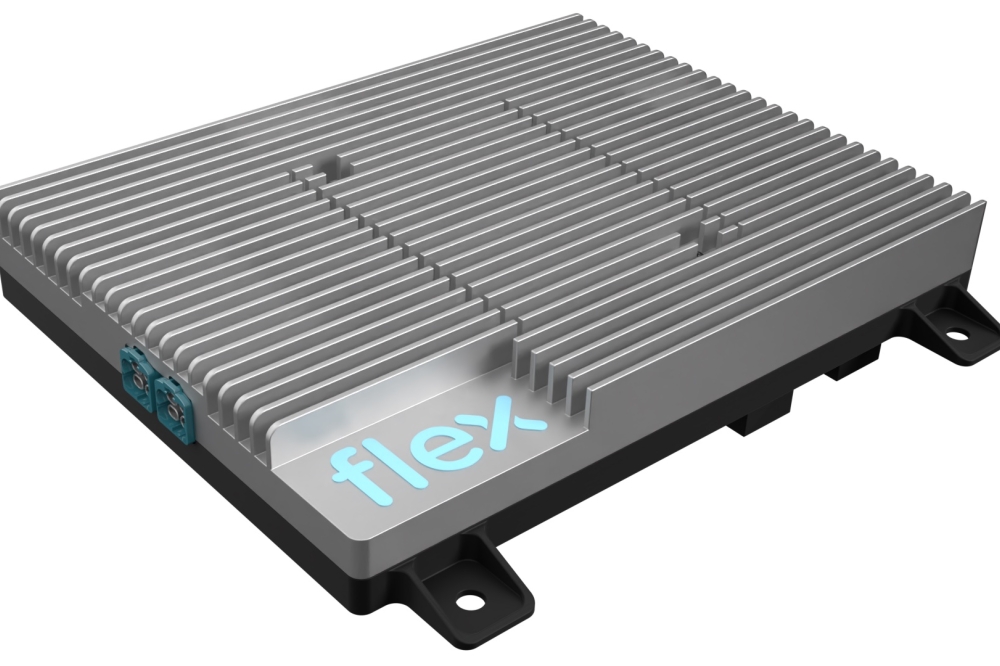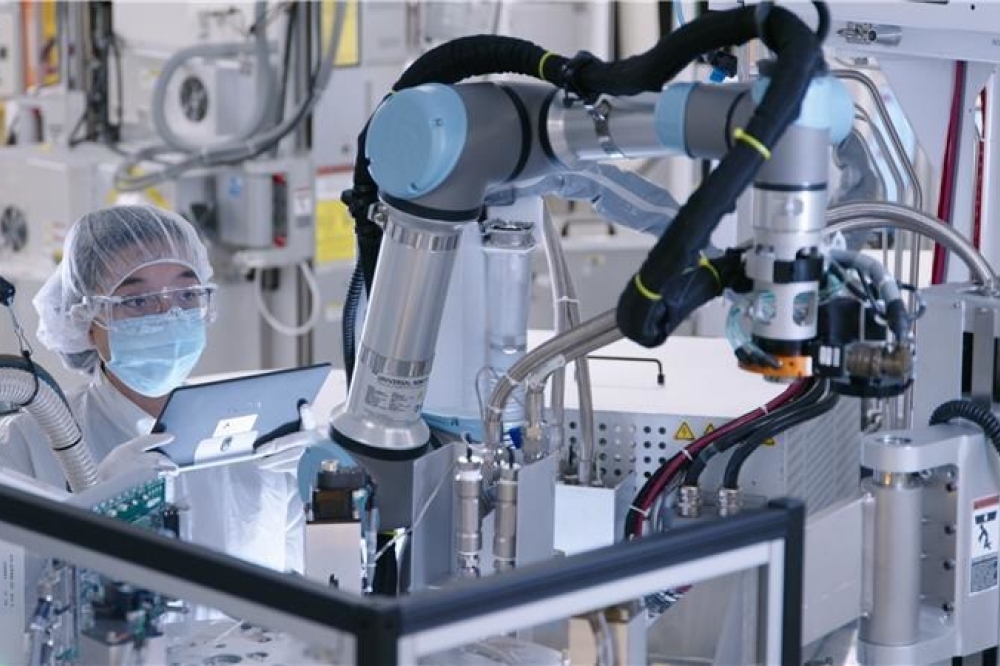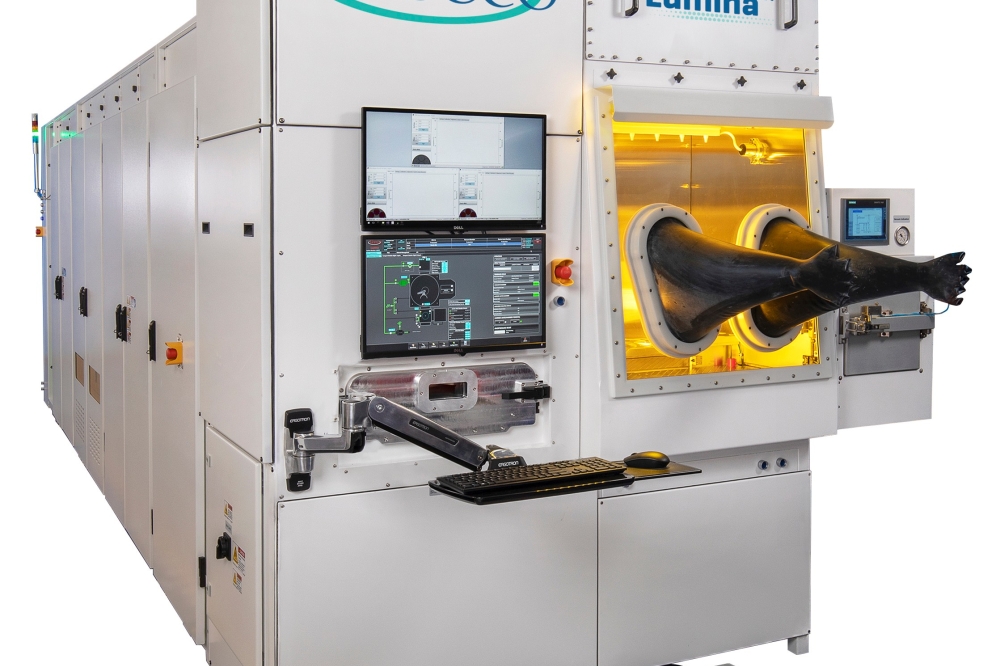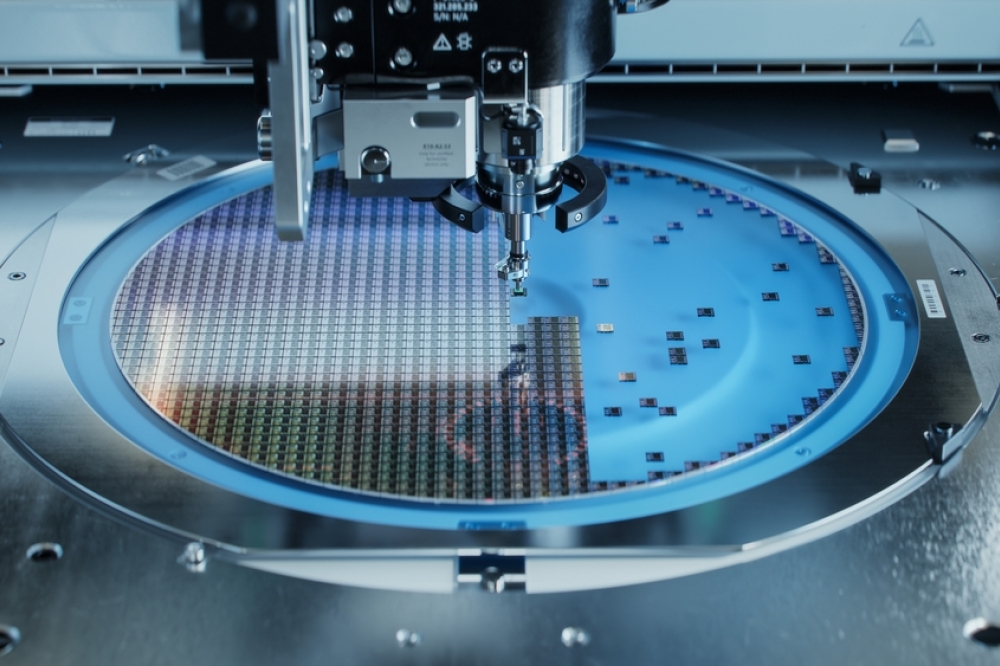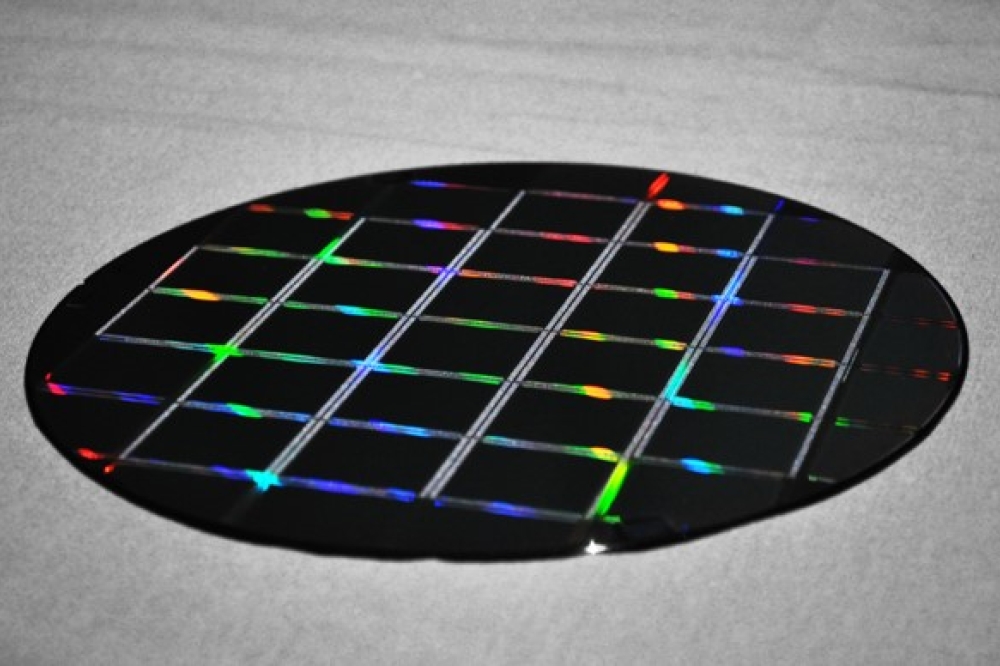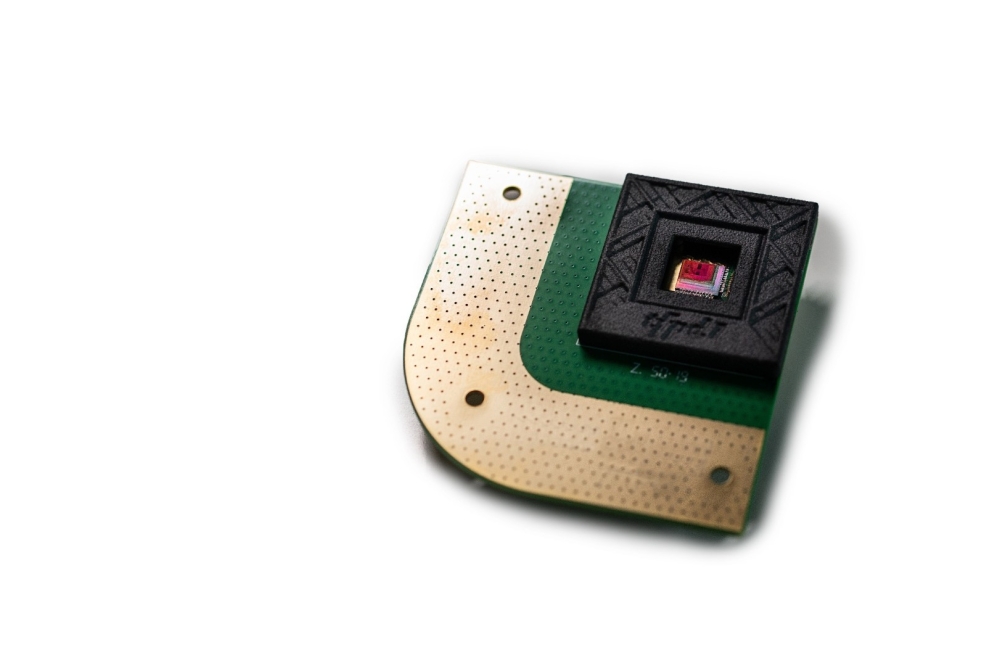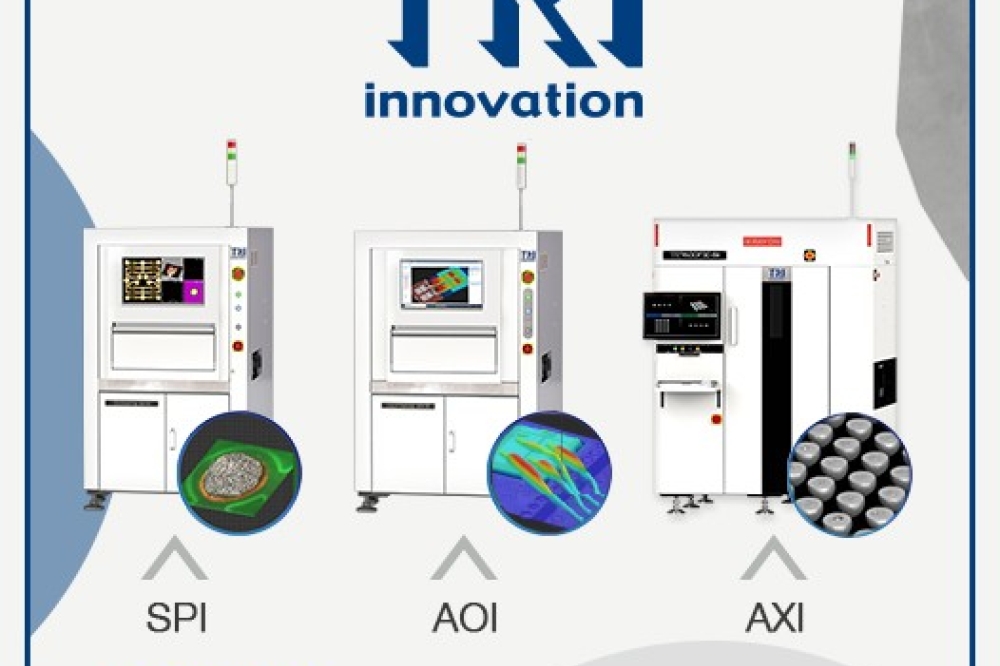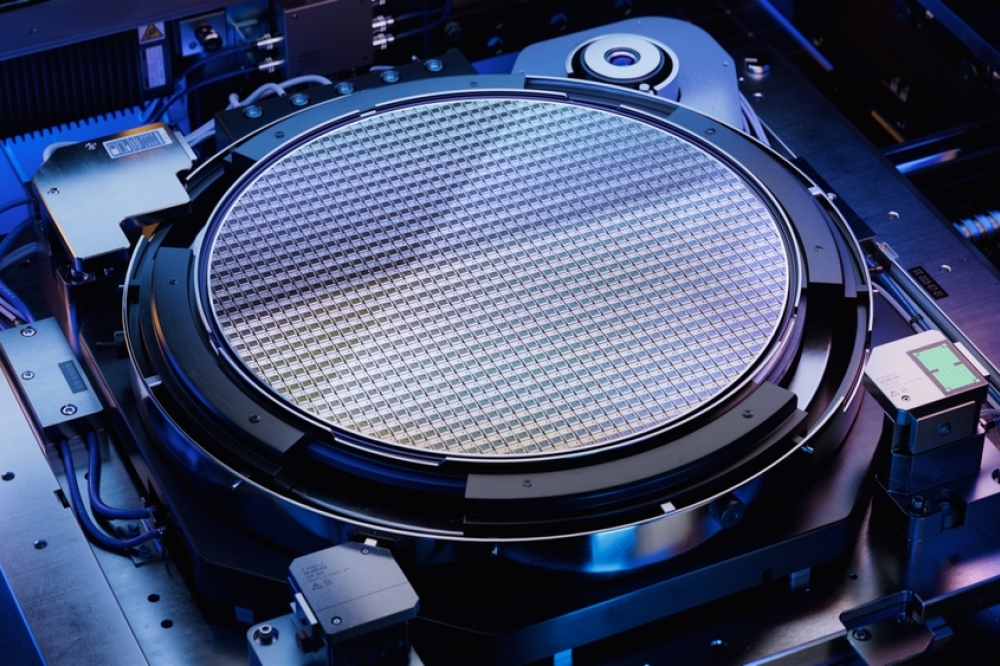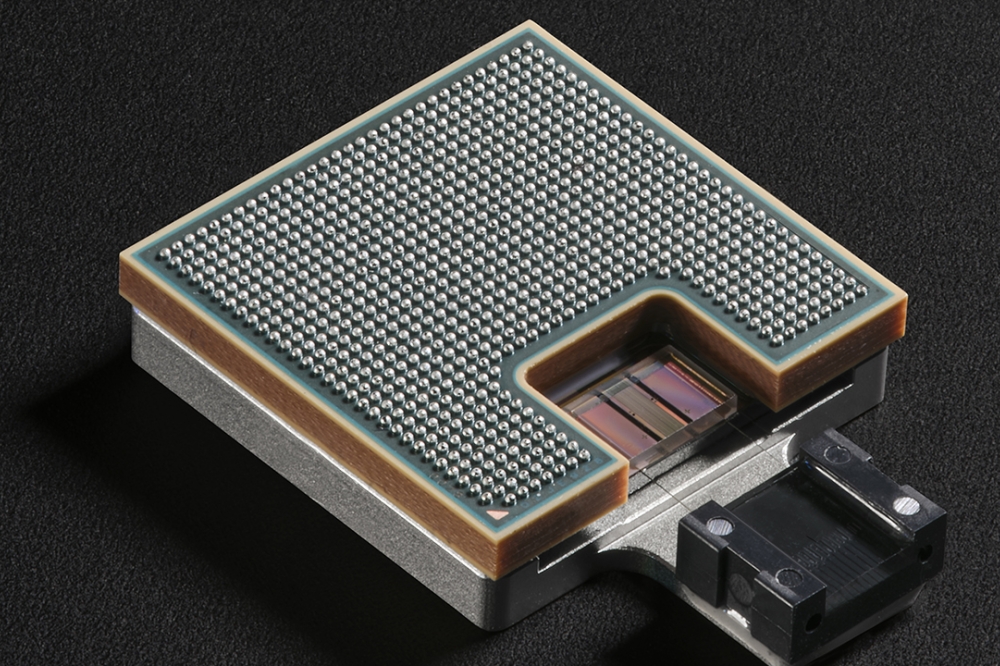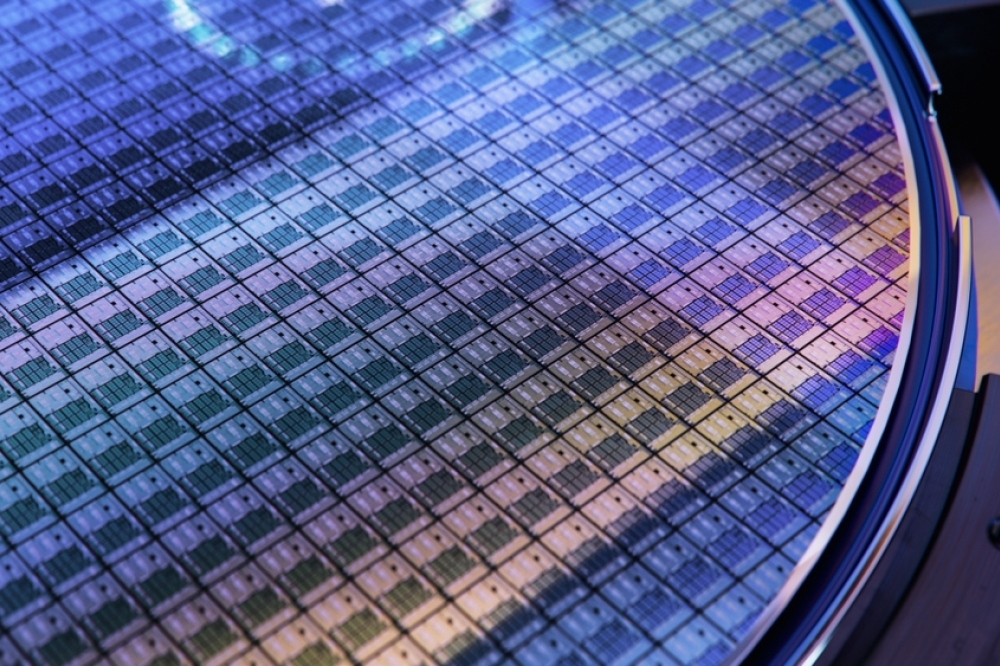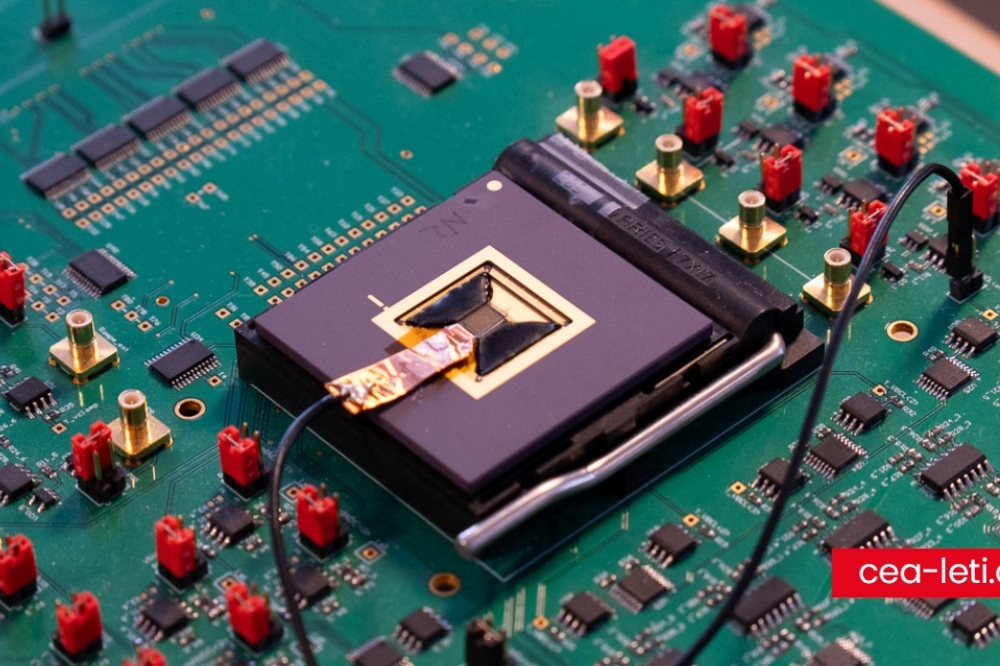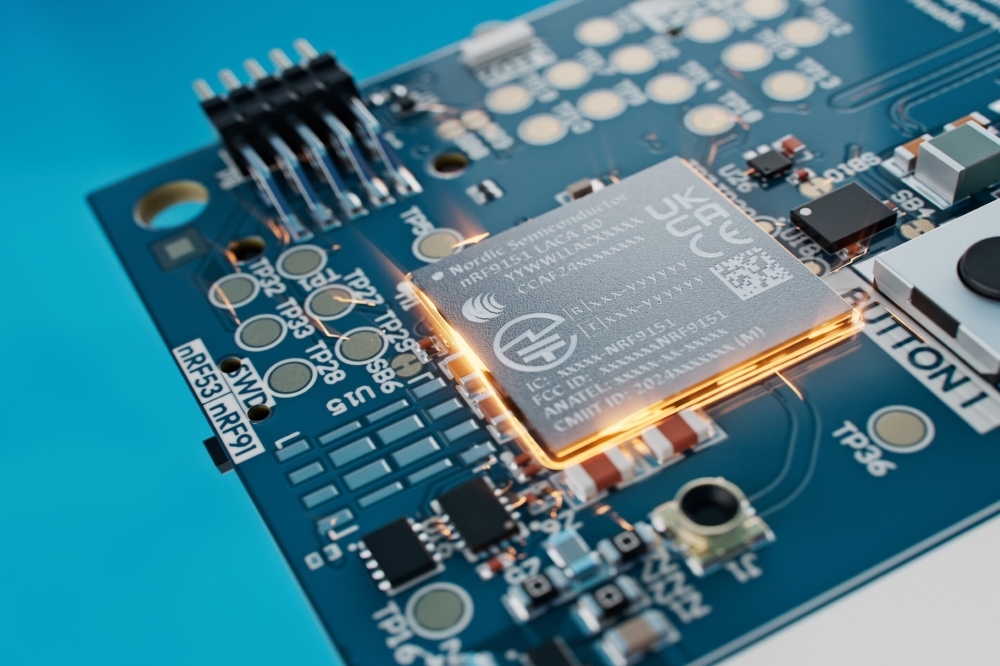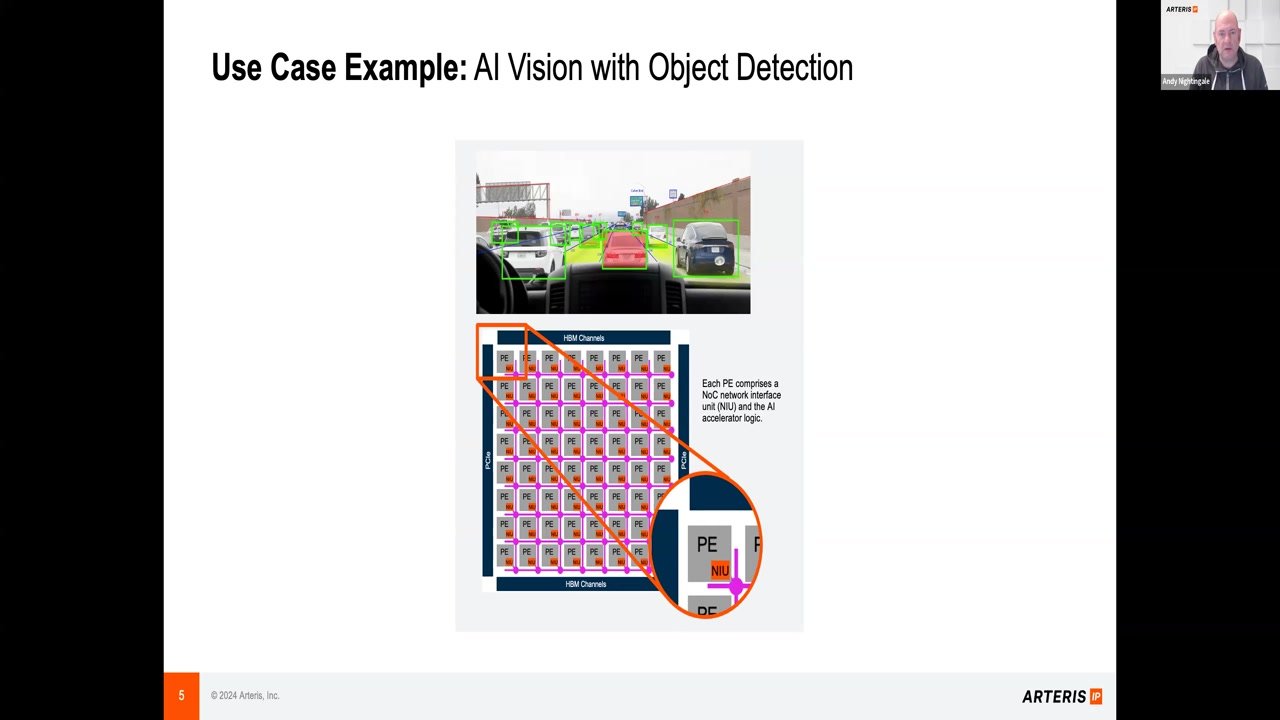Ansys power next-generation mobility technology at CES 2025

Ansys simulation solutions help 94% of the top 100 automotive suppliers drive the future of mobility through faster design generation, digital engineering, and advanced safety modelling.
Ansys is returning to CES 2025 to showcase digital engineering solutions that will accelerate the next generation of safer, smarter, and more efficient vehicles. With recent advancements to its comprehensive product suite, Ansys directly addresses the industry’s most urgent challenges. By enabling faster innovation and improved productivity, Ansys simulation delivers significant time and cost reductions associated with physical prototyping.
Commitments to improved safety, demand for new features and functionality, and pressure to shorten design cycles despite increasingly complex engineering challenges have made traditional approaches to vehicle development ineffective. Ansys solutions help customers stay at the forefront of innovation by connecting and automating workflows, shortening design cycles, and reducing development costs through reliable design validation.
“Thanks to Ansys tools, we have realised a 25% reduction in product development cycle, 15% to 20% savings on engineering development costs, and the 15% to 20% improvement in product performance — to the satisfaction of our customers,” said Luciano Saracino, head of the Mechanics and Optics Center of Expertise, Marelli Electronic Systems.
Robust optimisation accelerates development
Automotive companies face challenges in design generation due to growing demands for shorter cycles and more intricate designs. Ansys solutions help address this, significantly speeding development — without compromising on accuracy — by increasing design exploration and optimisation opportunities. Ansys’ open ecosystem also supports connected workflows that are primed for cloud computing, AI-enhancement, and digital twins. Booth features will include:
Ansys SimAI™, a cloud-enabled generative AI platform that delivers easy, reliable performance prediction of physics behaviour with lightning speed by leveraging NVIDIA GPUs. SimAI can be trained with existing simulation results for applications including fluid dynamics, thermal and electromagnetic performance, structural deformation, and more
The all-in-one Ansys ConceptEV® design and simulation platform that accelerates EV powertrain system development and enables cross-functional teams to meet consumer and market requirements
Ansys Discovery™ 3D product simulation software and the NVIDIA Omniverse Blueprint for real-time computer-aided engineering digital twins for visualising and accelerating large-scale computational fluid dynamics workflows
Connected, software-defined vehicles demand simulation
Increasingly software-defined vehicles (SDV) rely on many systems, and systems of systems, working seamlessly together, creating valuable functionality for consumers and daunting complexity for engineers. Ansys solutions deliver robust virtual design and validation of new features, while offering safe, secure, and reliable performance without expensive hardware testing.
The Ansys booth will highlight these solutions with real-world examples and demonstrations, including:
Ansys Perceive EM™ radio frequency channel and radar signature simulation software integrated with an NVIDIA-accelerated shooting and bouncing ray solver for rapid computation of electromagnetics
A collaboration between Ansys, Cognata, and Microsoft enabling manufacturers and suppliers to work together on a web-based platform to test and validate sensor designs against certified sensor models
Solutions for passive, active, and functional safety
Ansys solutions improve vehicle safety through virtual prototyping and safety analysis. This includes crash safety to assure the well-being of the occupant if a crash occurs, active safety to help drivers avoid crashes, and functional safety to confirm software and hardware work as intended. Ansys technology can also help customers meet regulatory compliance through integrated workflows.
Examples of recent advancements and demonstrations of Ansys simulation for vehicle safety include:
A continued collaboration with Sony Semiconductor Solutions that significantly speeds time-to-compliance for ADAS/AVs through a more streamlined, high-fidelity perception sensor validation workflow for improved active safety
An advanced, integrated toolchain in collaboration with Kontrol, Microsoft, and TÜV SÜD to streamline safety, certification, and virtual homologation
Ansys digital twin technology for software and system virtual validation, featuring a video with Marelli Electronics Systems
Crash safety analysis using Ansys LS-DYNA® structural simulation software and virtual human body models
“Every day, Ansys solutions are enabling customers to push the boundaries of comfort, safety, and performance of next-generation mobility,” said Walt Hearn, senior vice president of worldwide sales and customer excellence at Ansys. “By enhancing connectivity, ensuring safety, and accelerating development, Ansys enables automotive innovators to create safer, more efficient, and technologically advanced vehicles. With Ansys, companies can flexibly adapt to market demands and quickly address customer needs.”

